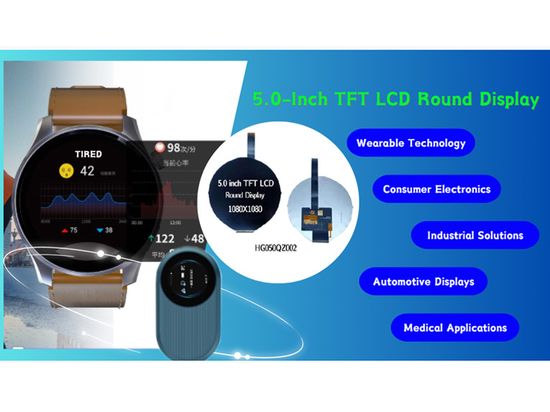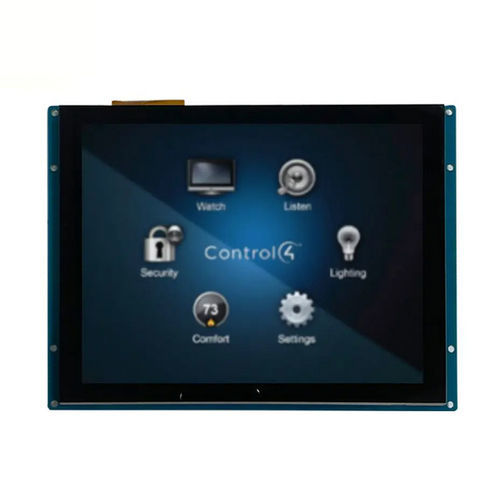
#Industry News
Introduction of Serial LCD Displays
Serial LCD displays are a versatile and widely used type of LCD that can be easily integrated into microcontroller-based systems.
I. Introduction of Serial LCD Displays
Serial LCD displays are a type of LCD (liquid crystal display) that can be connected to a microcontroller or other device using a serial communication protocol.
They are commonly used in a wide range of applications, such as industrial control systems, medical equipment, automotive displays, and consumer electronics products.
In this article, we will provide an overview of serial LCD displays.
II. The Concepts of Serial LCD Displays
Serial LCD displays are based on the same basic technology as standard LCD displays, which use liquid crystals to control the amount of light that passes through the display.
However, they are designed to be controlled using a serial communication protocol, such as SPI (serial peripheral interface) or I2C (inter-integrated circuit).
This allows them to be easily integrated into microcontroller-based systems, where they can be used to display important information such as sensor readings, system status, and user interface elements.
III. The Development of Serial LCD Display
Liquid crystal displays (LCDs) were first developed in the 1970s and began to be used in a range of applications, including digital watches, calculators, and other small electronic devices.
In the 1980s, parallel LCD displays became popular to display information in larger electronic devices such as computers and industrial control systems. These displays used a parallel data bus to communicate with the host device.
In the 1990s, serial LCD displays were developed as a way to reduce the number of pins required to connect the display to a host device. These displays used a serial communication protocol such as SPI or I2C to communicate with the host device.
Over the years, advancements in LCD technology have led to improvements in the quality and resolution of serial LCD displays. Touchscreens have also become more common, allowing users to interact with the display directly.
Today, they are used in a wide range of applications, from industrial control systems and medical equipment to automotive displays and consumer electronics products.
IV. The Advantages of Serial LCD Displays
● Ease of use: it requires relatively few pins on the microcontroller or other devices that they are connected to, making them easy to integrate into a wide range of systems.
● Flexibility: Because they can be easily controlled using software, they can be customized to display a wide range of information in a variety of formats.
● Low pin count: it requires fewer pins than other types of displays, making them particularly useful in systems where space is at a premium or where a large number of peripherals need to be connected to a single microcontroller.
● Cost-effective: they are often less expensive than other types of displays, making them a cost-effective choice for many applications.
● Wide range of applications: they are used in a wide range of applications, including industrial control systems, medical equipment, automotive displays, and consumer electronics products.
Overall, they offer a range of advantages that make them a popular choice for many applications.
V. Conclusion
All in all, serial LCD displays are a versatile and widely used type of LCD that can be easily integrated into microcontroller-based systems.
They offer a range of advantages, including ease of use, flexibility, and low pin count, and are used in a wide range of applications.
The latest developments in the field are focused on increasing the functionality of these displays, with the increasing use of touchscreens and high-resolution displays opening up new possibilities for user interfaces and information displays.






